Plants, Free Full-Text
Por um escritor misterioso
Last updated 07 novembro 2024
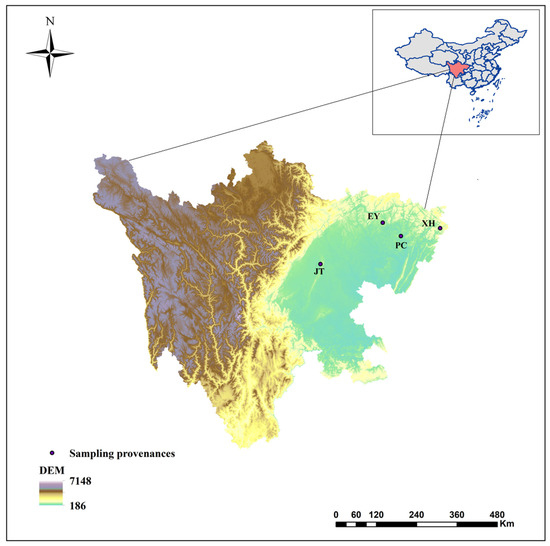
Alnus cremastogyne is a rapidly growing broad-leaved tree species that is widely distributed in southwest China. It has a significant economic and ecological value. However, with the expansion of the planting area, the influence of phenotypic variation and differentiation on Alnus cremastogyne has increased, resulting in a continuous decline in its genetic quality. Therefore, it is crucial to investigate the phenotypic variation of Alnus cremastogyne and select excellent breeding materials for genetic improvement. Herein, four growth-related phenotypic traits (diameter at breast height, the height of trees, volume, height under the branches) and twelve reproductive-related phenotypic traits (fresh weight of single cone, dry weight of single cone, seed weight per plant, thousand kernel weight, cone length, cone width, cone length × cone width, fruit shape index, seed rate, germination rate, germination potential, germination index) of 40 clones from four provenances were measured and analyzed. The phenotypic variation was comprehensively evaluated by correlation analysis, principal component analysis and cluster analysis, and excellent clones were selected as breeding materials. The results revealed that there were abundant phenotypic traits variations among and within provenances. Most of the phenotypic traits were highly significant differences (p < 0.01) among provenances. The phenotypic variation among provenances (26.36%) was greater than that of within provenances clones (24.80%). The average phenotypic differentiation coefficient was accounted for 52.61% among provenances, indicating that the phenotypic variation mainly came from among provenances. The coefficient of variation ranged from 9.41% (fruit shape index) to 97.19% (seed weight per plant), and the repeatability ranged from 0.36 (volume) to 0.77 (cone width). Correlation analysis revealed a significantly positive correlation among most phenotypic traits. In principal component analysis, the cumulative contribution rate of the first three principal components was 79.18%, representing the main information on the measured phenotypic traits. The cluster analysis revealed four groups for the 40 clones. Group I and group II exhibited better performance phenotypic traits as compared with group III and group IV. In addition, the four groups are not clearly clustered following the distance from the provenance. Employing the multi-trait comprehensive evaluation method, 12 excellent clones were selected, and the average genetic gain for each phenotypic trait ranged from 4.78% (diameter at breast height) to 32.05% (dry weight of single cone). These selected excellent clones can serve as candidate materials for the improvement and transformation of Alnus cremastogyne seed orchards. In addition, this study can also provide a theoretical foundation for the genetic improvement, breeding, and clone selection of Alnus cremastogyne.
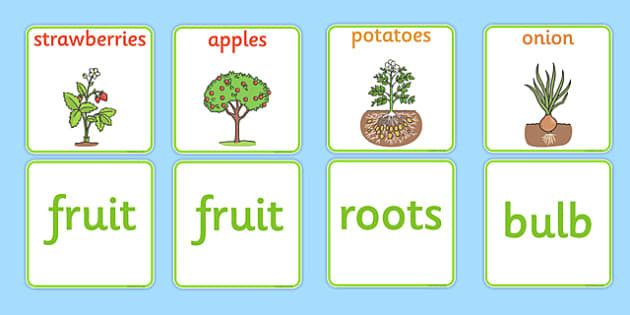
FREE! - Fruit and Vegetable Plant Matching Cards - Twinkl

Plant orbit

Aquatic Plants dragonfly-farm
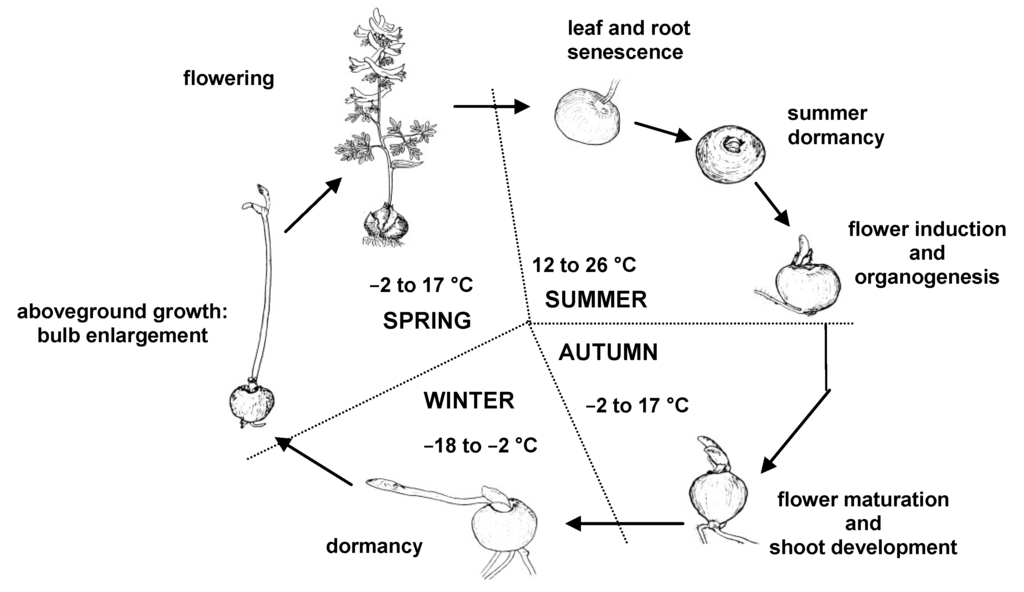
Plants, Free Full-Text
(Given the multitude of orders and congested logistics, shipments may be delayed)., All the best you can get from plant music., Are you a

Full collection: get a Ginkgo for FREE
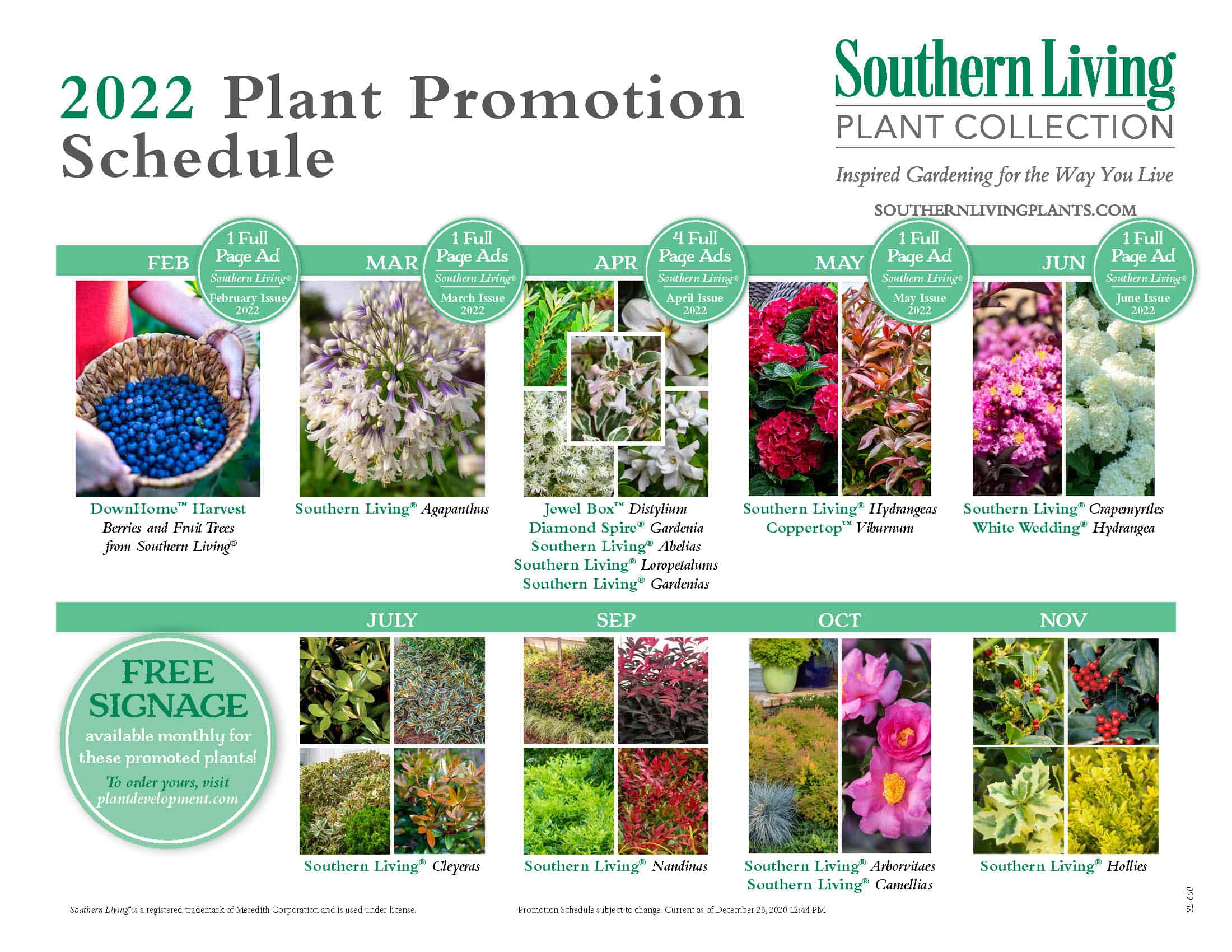
Upcoming Plant Promotion Schedule - Southern Living Plants

Plant Profile Card Printable PDF Instant Download Plant

Happy Birthday Box, Custom Tumbler Gift Box, Candle Gift Box

The First Book of Plants {Free eBook}

Print out and use our free downloadable landscaping guide for the

Grow Lights for Indoor Plants Full Spectrum with Detachable Tripod
Recomendado para você
-
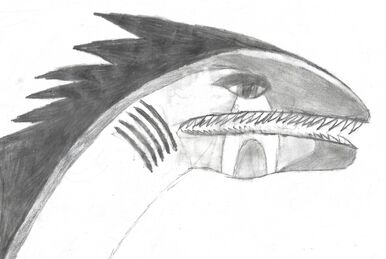 SCP-7148, SCP Fanon Wiki07 novembro 2024
SCP-7148, SCP Fanon Wiki07 novembro 2024 -
 Scp 7148 Techno Heart by DrJackBrightNeko on DeviantArt07 novembro 2024
Scp 7148 Techno Heart by DrJackBrightNeko on DeviantArt07 novembro 2024 -
 Scp - 40- z The ditto07 novembro 2024
Scp - 40- z The ditto07 novembro 2024 -
Scaling SCP-001 Atonement. #fypシ #fyp #viral #scp #scpfoundation07 novembro 2024
-
 PTFE Fabric Curbell Plastics07 novembro 2024
PTFE Fabric Curbell Plastics07 novembro 2024 -
 when the Neeko sup has the most dmg : r/neekomains07 novembro 2024
when the Neeko sup has the most dmg : r/neekomains07 novembro 2024 -
 Official Website of Valley County, Idaho - Human Resource News07 novembro 2024
Official Website of Valley County, Idaho - Human Resource News07 novembro 2024 -
 NEW IFM OBF-FAKG/T/US-OBF500 FIBER-OPTIC AMPLIFIER07 novembro 2024
NEW IFM OBF-FAKG/T/US-OBF500 FIBER-OPTIC AMPLIFIER07 novembro 2024 -
![PDF] Prevalence of gastrointestinal disorders in individuals with <scp >RASopathies</scp> : May <scp>RAS</scp> / <scp>MAP</scp> / <scp>ERK</scp> pathway dysfunctions be a model of neuropathic pain and visceral hypersensitivity? by Chiara Leoni](https://og.oa.mg/Prevalence%20of%20gastrointestinal%20disorders%20in%20individuals%20with%20%3Cscp%3ERASopathies%3C%2Fscp%3E%20%3A%20May%20%3Cscp%3ERAS%3C%2Fscp%3E%20%2F%20%3Cscp%3EMAP%3C%2Fscp%3E%20%2F%20%3Cscp%3EERK%3C%2Fscp%3E%20pathway%20dysfunctions%20be%20a%20model%20of%20neuropathic%20pain%20and%20visceral%20hypersensitivity%3F.png?author=%20Chiara%20Leoni,%20Valentina%20Giorgio,%20Giuseppe%20Stella,%20Roberta%20Onesimo,%20Giuseppe%20Zampino,%20Giuseppe%20Zampino,%20Elizabeth%20K.%20A.%20Triumbari,%20Maria%20Podagrosi,%20Eliza%20Kuczynska,%20Catello%20Vollono,%20Catello%20Vollono,%20Keith%20J.%20Lindley) PDF] Prevalence of gastrointestinal disorders in individuals with
PDF] Prevalence of gastrointestinal disorders in individuals withRASopathies : MayRAS /MAP /ERK pathway dysfunctions be a model of neuropathic pain and visceral hypersensitivity? by Chiara Leoni07 novembro 2024 -
 UpBright 30V AC/DC Adapter Compatible with XBlue07 novembro 2024
UpBright 30V AC/DC Adapter Compatible with XBlue07 novembro 2024
você pode gostar
-
 Missing loop button on android smart tv app - Music Community07 novembro 2024
Missing loop button on android smart tv app - Music Community07 novembro 2024 -
🤴 👸 𝙱𝚘𝚘𝚔𝚒𝚗𝚐/𝚒𝚗𝚚𝚞𝚒𝚛𝚒𝚎𝚜 𝚙𝚕𝚎𝚊𝚜𝚎 𝙳𝙼 𝚘𝚛 𝚌𝚘𝚗𝚝𝚊𝚌𝚝 𝚖𝚎 𝚟𝚒𝚊: 𝚆𝚑𝚊𝚝𝚜𝚊𝚙𝚙 +60175905012 . . #tattoo #realismtattoo #realistictattoo #tattoorealistic…07 novembro 2024
-
 Jogo Ludo - Madeira - 1604 - Carlu - Kits e Gifts07 novembro 2024
Jogo Ludo - Madeira - 1604 - Carlu - Kits e Gifts07 novembro 2024 -
 Pixilart - Withered Freddy Doodle by DIT2UUxjRixNUBE07 novembro 2024
Pixilart - Withered Freddy Doodle by DIT2UUxjRixNUBE07 novembro 2024 -
 Miraculous Ladybug 2D OVA is Confirmed!, Anime Amino07 novembro 2024
Miraculous Ladybug 2D OVA is Confirmed!, Anime Amino07 novembro 2024 -
 Tag movie review starring Jon Hamm and Ed Helms07 novembro 2024
Tag movie review starring Jon Hamm and Ed Helms07 novembro 2024 -
PLAYING as FAKE ASIMO3089 Roblox Jailbreak - video Dailymotion07 novembro 2024
-
 cowboy and splitter for broken value mm2|TikTok Search07 novembro 2024
cowboy and splitter for broken value mm2|TikTok Search07 novembro 2024 -
 It's going to happen either way, might as well benefit from it, Will You Press The Button?07 novembro 2024
It's going to happen either way, might as well benefit from it, Will You Press The Button?07 novembro 2024 -
 Cities: Skylines07 novembro 2024
Cities: Skylines07 novembro 2024

